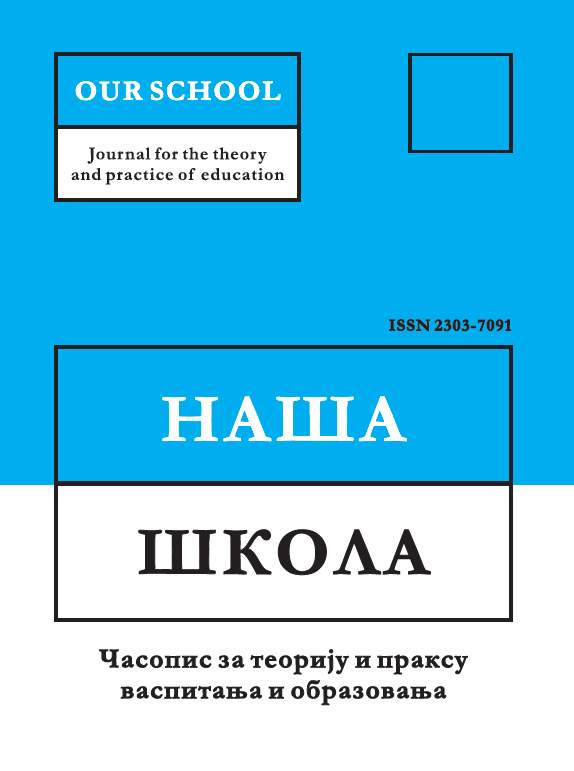Abstract
This paper aims at analysing the representation and types of definitions, examples, and analogies in the seventh-grade textbooks for physics and biology and eighth- and ninth-grade textbooks for physics, biology, and chemistry used in the elementary school system of the Republic of Srpska. The method used in the paper is the content analysis, with units of analysis being segments of text containing definitions, examples, and analogies. With concern to the aforementioned textbooks, the authors only analyse the basic text, neglecting follow-up questions, tasks, or laboratory exercises. The results show that definitions (953) are dominant, followed by examples (519), and analogies (52). In addition, these results suggest that efforts should be made as regards improvement and perfection of the textbooks in order to make them as comprehensible to students as possible. It is considered that textbook contents should be created in such a fashion as to make them attractive to students, to match their subtle needs, interests, and aspirations, to urge them to reflect on what the teacher presents in class, to seek solutions through their own intellectual effort, thus enriching their knowledge, views, and beliefs. The expectations of this paper could be articulated in the authors’ wish for textbooks to feature the system of scientific notions that are adequately defined, to be accompanied by appropriate explanations, examples, and analogies, so that students could study their contents with understanding. In addition, textbooks should support the formation of notions, categories, and procedures with the help of which a student should structure their knowledge. When a textbook is designed well, one can expect an increased activity on the part of students and an increased development of their individuality and creativity.

This work is licensed under a Creative Commons Attribution-NonCommercial-NoDerivatives 4.0 International License.

